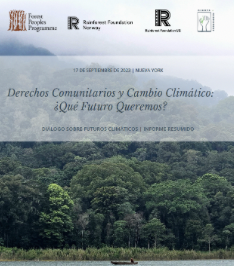Learning for Resilience: Insights from Cambodia's Rural Communities
ABSTRACTED FROM THE INTRODUCTION: ...the book includes 10 chapters. The first chapter provides the overview of the conceptual approach of the program and a synthesis of key findings. The core of the book consist of eight chapters which have been grouped thematically in four sections: water management and agriculture; agricultural innovation and food security; land use change and food security strategies in communities of indigenous people; and environmental change in fishing communites.



